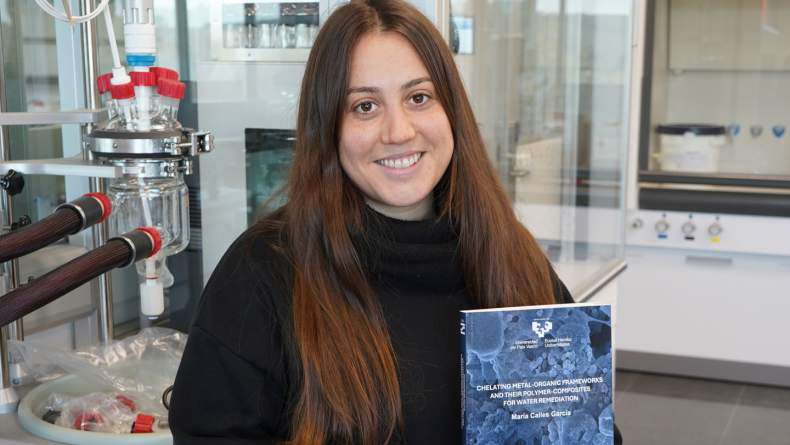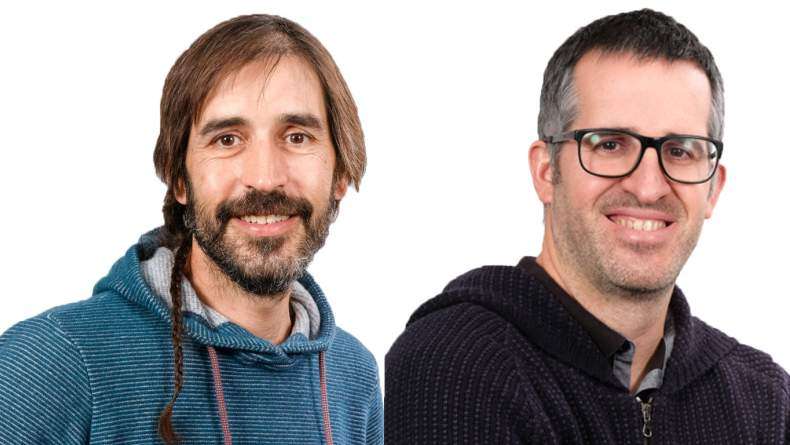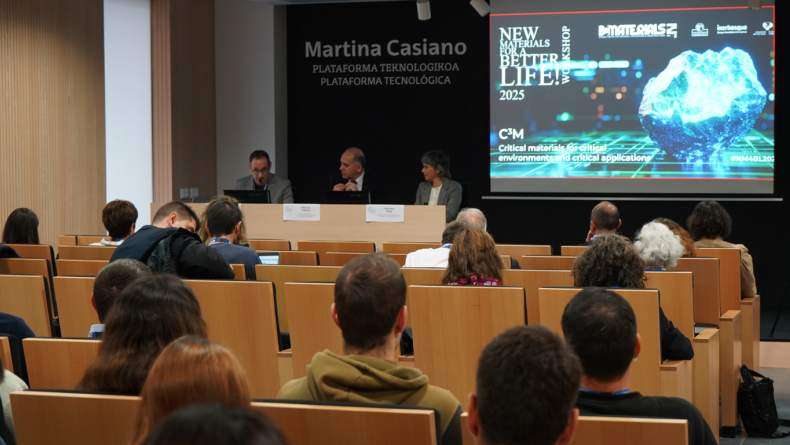Searching and analyzing organic molecules, metal organic complexes and metal-organic extended structures and in Cambridge Structural Database I: Introduction

ROBERTO FERNANDEZ
(BCMATERIALS)
Searching and analyzing organic molecules, metal organic complexes and metal-organic extended structures and in Cambridge Structural Database I: Introduction
Established in 1965, the CSD is the world’s repository for small-molecule organic and metal-organic crystal structures. Containing over 900,000 entries from x-ray and neutron diffraction analyses, this unique database of accurate 3D structures has become an essential resource to scientists around the world. BCMaterials has access to the on-line version of the database, including the structures searching tools. However, we can also access, through different research teams of the University of the Basque country, to the complete-desktop tools included in the package CSD-System applications (ConQuest, Mercury, Mogul, Isostar…).
In this short course, we will explore three case studies related to the main research lines and goals within the BCMaterials: 1) Searching Structures: Metal Organic Frameworks, Lead Iodide Perovskites, Drugs – developing our own database. 2) Analyzing Atomic distances, angles, and conformation and other structural information within our database. 3) Inter-molecular interactions study: Analyzing the weak forces shaping our materials.Related news
María Calles, BCMaterialseko doktore berria
María Calles García zoriondu nahi dugu UPV/EHUn Materialen Zientzia eta Teknologian doktoretza lortzeagatik. Abenduaren 4an Maríak ‘Chelating Metal-Organic Frameworks and Their Polymer-Composites…Bartzelonako Mikroelektronika Institutuko ikertzaileekin hitzaldi gonbidatua (abenduak 3)
Datorren abenduaren 3an, 12:00etatik aurrera Leioako Martina Casiano auditorioan, BCMaterialsek Bartzelonako Mikroelektronika Institutuko (IMB-CNM) (CSIC) Antón Guimerà eta Xavier Illa ikertzaile…Hitzaldi gonbidatua Liu Yaorekin metal-litiozko bateriei buruz (abenduak 2)
Datorren astelehenean, abenduaren 2an, Liu Yao Shanghai Institute of Applied Physics-eko irakasleak "Li Metal Batteries: From Liquid to Solid-State" hitzaldia aurkeztuko du BCMaterials-en. Hitzaldia…BCMaterials-en urteko workshoparen arrakasta, material kritikoei eskainia
BCMaterialsen urteko workshoparen 2025. edizio arrakastatsuak ehun bat lagun bildu zituen azaroaren 19an Leioan, artearen egoera aztertzeko eta material kritikoei, materialen aplikazio kritikoei eta…



